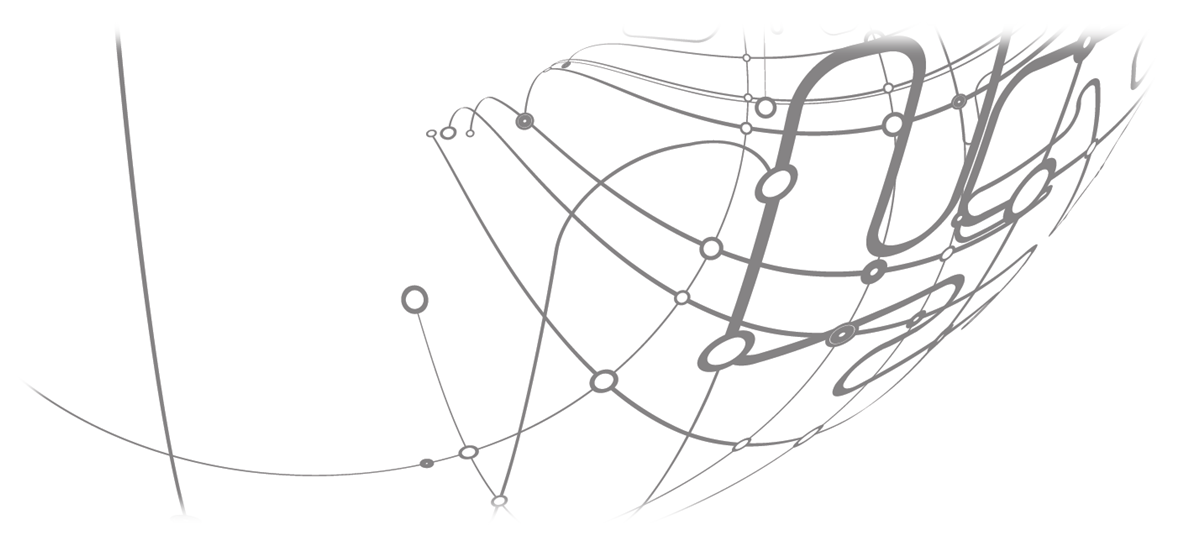The World's Largest Distributed Computer Grid Crunches LHC's Huge Numbers
Date published:
13 Mar 2015
Outlet:
phys.org
The world's largest science experiment, the Large Hadron Collider, has potentially delivered one of physics' "Holy Grails" in the form of the Higgs boson. Much of the science came down to one number – 126, the Higgs boson's mass as measured in gigaelectronvolts. But this three-digit number rested upon something very much larger and more complicated: the more than 60,000 trillion bytes (60 petabytes) of data produced by colliding subatomic particles in four years of experiments, and the enormous computer power needed to make sense of it all.
Link:
Copy of the coverage:


